Neopentyl bromide
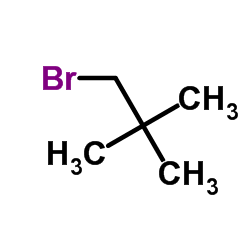
Neopentyl bromide structure
|
Common Name | Neopentyl bromide | ||
|---|---|---|---|---|
| CAS Number | 630-17-1 | Molecular Weight | 151.045 | |
| Density | 1.2±0.1 g/cm3 | Boiling Point | 107.9±8.0 °C at 760 mmHg | |
| Molecular Formula | C5H11Br | Melting Point | N/A | |
| MSDS | Chinese USA | Flash Point | 6.7±0.0 °C | |
| Symbol |


GHS02, GHS07 |
Signal Word | Danger | |
| Name | 1-bromo-2,2-dimethylpropane |
|---|---|
| Synonym | More Synonyms |
| Density | 1.2±0.1 g/cm3 |
|---|---|
| Boiling Point | 107.9±8.0 °C at 760 mmHg |
| Molecular Formula | C5H11Br |
| Molecular Weight | 151.045 |
| Flash Point | 6.7±0.0 °C |
| Exact Mass | 150.004410 |
| LogP | 2.91 |
| Vapour Pressure | 31.0±0.2 mmHg at 25°C |
| Index of Refraction | 1.442 |
| InChIKey | CQWYAXCOVZKLHY-UHFFFAOYSA-N |
| SMILES | CC(C)(C)CBr |
| Stability | Stable. Highly flammable. Incompatible with strong oxidizing agents, strong bases. |
| Symbol |


GHS02, GHS07 |
|---|---|
| Signal Word | Danger |
| Hazard Statements | H225-H315-H319-H335 |
| Precautionary Statements | P210-P261-P305 + P351 + P338 |
| Personal Protective Equipment | Eyeshields;Faceshields;full-face respirator (US);Gloves;multi-purpose combination respirator cartridge (US);type ABEK (EN14387) respirator filter |
| Hazard Codes | F: Flammable;Xi: Irritant; |
| Risk Phrases | R11 |
| Safety Phrases | S26 |
| RIDADR | UN 1993 3/PG 2 |
| WGK Germany | 3 |
| Packaging Group | II |
| Hazard Class | 3 |
| Precursor 10 | |
|---|---|
| DownStream 10 | |
|
Lack of mutagenicity to S. typhimurium of neopentyl bromide and pentaerythrityl tetrachloride: relation to chemical structure.
Mutat. Res. 140(2-3) , 71-4, (1984) Neopentyl bromide and pentaerythrityl tetrachloride were shown here to be non-mutagenic to 7 strains of Salmonella typhimurium. These inactivities are reflected in the inability of either compound to ... |
|
|
Isomerization of neopentyl chloride and neopentyl bromide by a 1,2-interchange of a halogen atom and a methyl group.
J. Phys. Chem. A 114(38) , 10395-402, (2010) The recombination of chloromethyl and t-butyl radicals at room temperature was used to generate neopentyl chloride molecules with 89 kcal mol(-1) of internal energy. The observed unimolecular reaction... |
|
|
An improved method for cysteine alkylation. Perrey DA and Uckun FM.
Tetrahedron Lett. 42(10) , 1859-61, (2001)
|
| Propane, 1-bromo-2,2-dimethyl- |
| 2,2-dimethylpropyl bromide |
| MFCD00000209 |
| Neopentyl bromide |
| Neopentylbromide |
| Propane,1-bromo-2,2-dimethyl |
| propane, 3-bromo-2,2-dimethyl- |
| EINECS 211-132-5 |
| 1-BROMO-2,2-DIMETHYLPROPANE |
| 2,2-dimethyl-1-bromopropane |
| bromo-2,2-dimethylpropane |
 CAS#:75-84-3
CAS#:75-84-3 CAS#:463-82-1
CAS#:463-82-1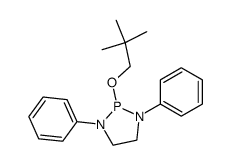 CAS#:85558-04-9
CAS#:85558-04-9 CAS#:2346-07-8
CAS#:2346-07-8![1-(2,2-dimethyl-propyl)-2,4-diphenyl-5,6-dihydro-benzo[h]quinolinium, bromide Structure](https://image.chemsrc.com/caspic/080/87444-95-9.png) CAS#:87444-95-9
CAS#:87444-95-9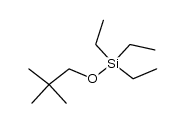 CAS#:18023-50-2
CAS#:18023-50-2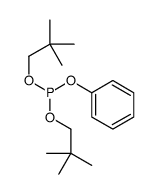 CAS#:80733-03-5
CAS#:80733-03-5 CAS#:91734-34-8
CAS#:91734-34-8 CAS#:82621-77-0
CAS#:82621-77-0 CAS#:5813-64-9
CAS#:5813-64-9 CAS#:1118-00-9
CAS#:1118-00-9 CAS#:4316-65-8
CAS#:4316-65-8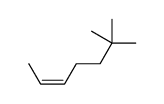 CAS#:87970-30-7
CAS#:87970-30-7 CAS#:19978-31-5
CAS#:19978-31-5 CAS#:630-19-3
CAS#:630-19-3 CAS#:513-35-9
CAS#:513-35-9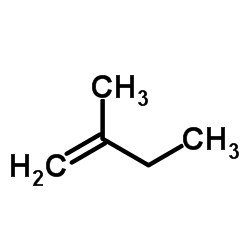 CAS#:563-46-2
CAS#:563-46-2 CAS#:115-11-7
CAS#:115-11-7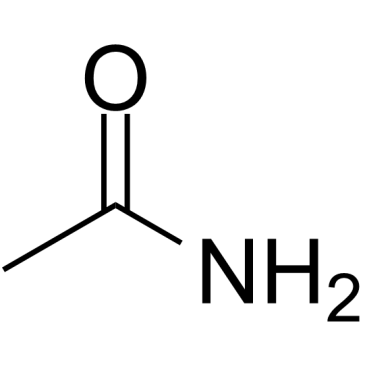 CAS#:60-35-5
CAS#:60-35-5 CAS#:15501-38-9
CAS#:15501-38-9